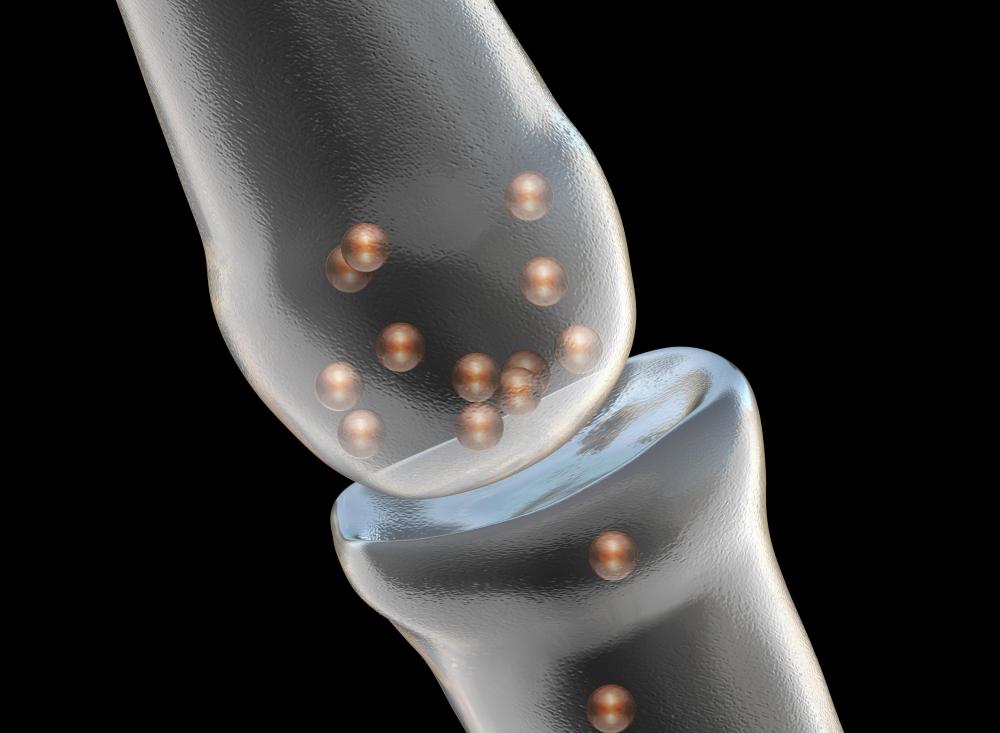At TheHealthBoard, we're committed to delivering accurate, trustworthy information. Our expert-authored content is rigorously fact-checked and sourced from credible authorities. Discover how we uphold the highest standards in providing you with reliable knowledge.
What are the Different Types of Neural Cell?
A neural cell, also known as a neuron, is the basic biochemical cell located within the nervous system. Neural cells come in a variety of different forms; however, the most common delineation between types stems from their function. Sensory neurons are responsible for the brain and nervous system's response mechanisms to stimuli such as light, sound and touch. Motor neurons cause muscle contractions and affect glands when signals are sent from the brain or spinal cord. In addition, inter-neurons are responsible for connecting each neural cell within the various regions of the nervous system.
Neurons come in a variety of shapes and sizes depending on their duties and location. Each individual part of a neural cell can provide for different electrochemical properties given its position in relation to other neural cells. For example, the soma, the central part of the neuron can range in sizes from three to 18 micrometers in diameter.

Each neural cell is divided into a variety of different parts. The nucleus is called the soma and is responsible for protein synthesis within the cell. Extensions of the neural cell are called dendrites, the portion responsible for communicating between each neuron with input information. The axon, on the other hand, carries the signals from the nerves away from the soma, connects to the synapse and releases neurotransmitter chemicals to other neurons.

Due to this process of transmission, the polarity of the cell is highly important, meaning where the axons and dendrites are located. A unipolar neuron cell possesses a long dendrite and a short axon in the same area connecting to spinal cord nerves. Bipolar neuron cells possess the dendrites and axons separately, providing sensory pathways for hearing, sight, smell and taste. Multipolar neurons possess a long axon and a number of dendrites, enabling it to connect to several other nerve cells and transmit a large amount of information.
Other types of nerve cells also exist, each with its own unique characteristics and function. These types of neural cells are generally found in specific areas of the nervous system. Among these include anterior horn cells, basket cells, Betz cells, granule cells, medium spiny neurons, Pukinje cells, pyramidal cells and Renshaw cells. While each of the nerve cells has important features that define certain processes within the nervous system, it is believed that a number of different types of function-specific cells exist that have yet to be discovered.
AS FEATURED ON:
AS FEATURED ON:












Discuss this Article
Post your comments